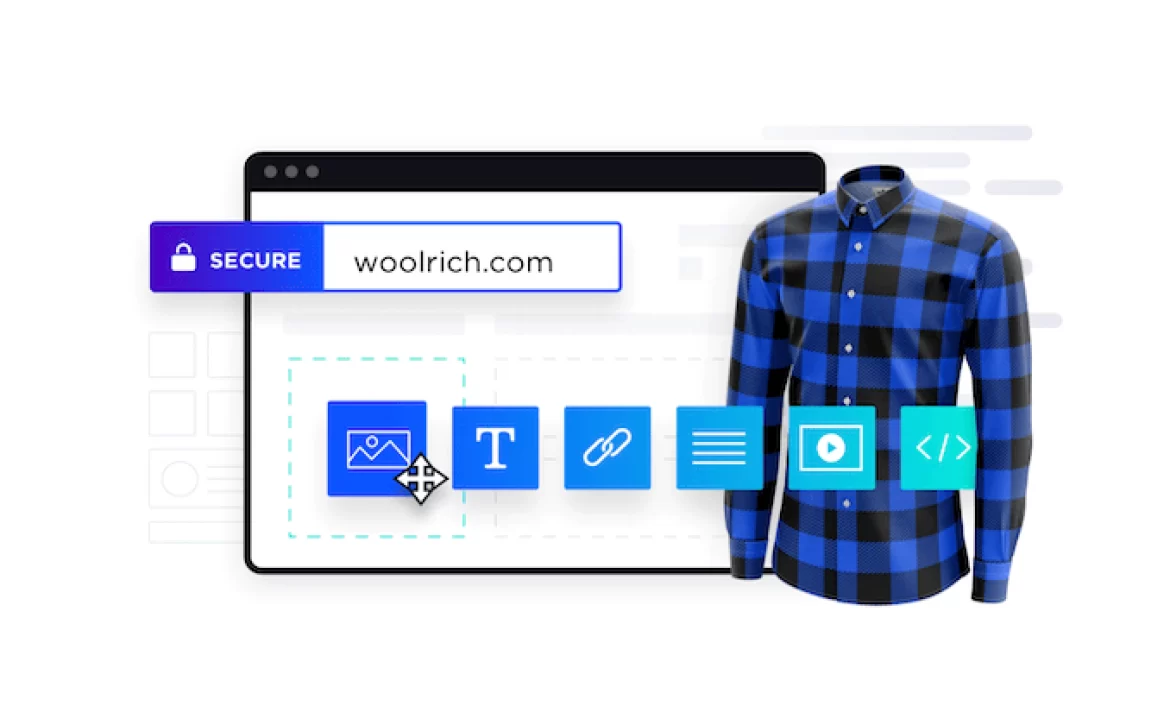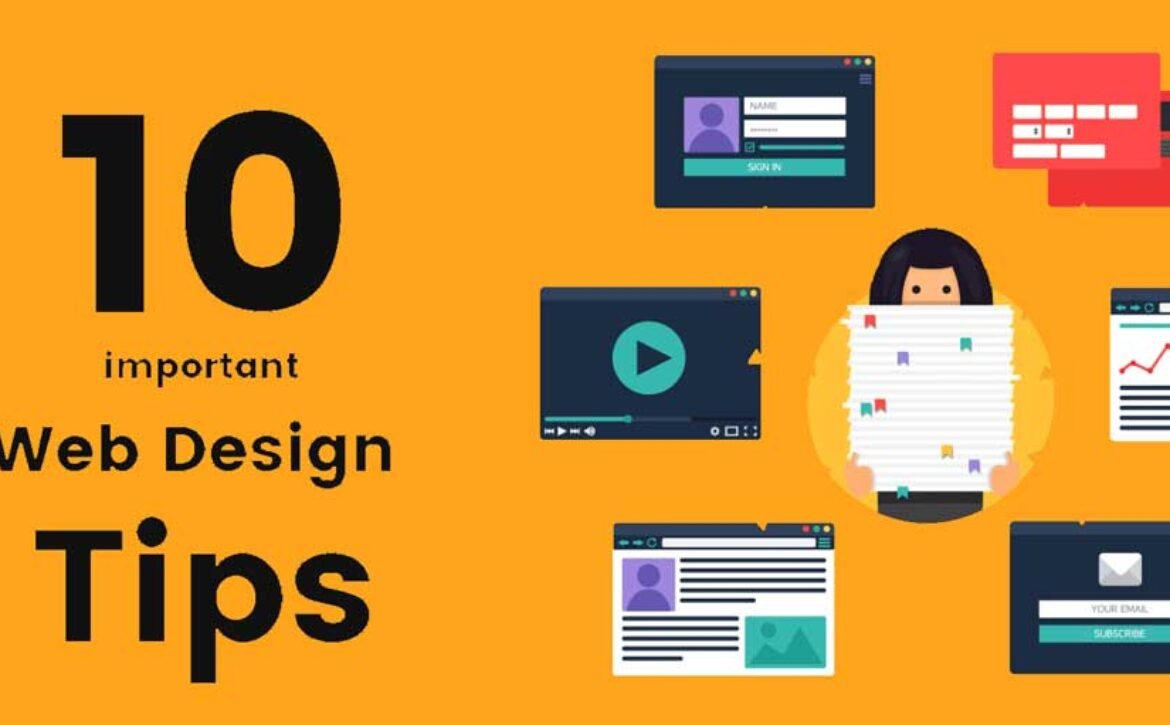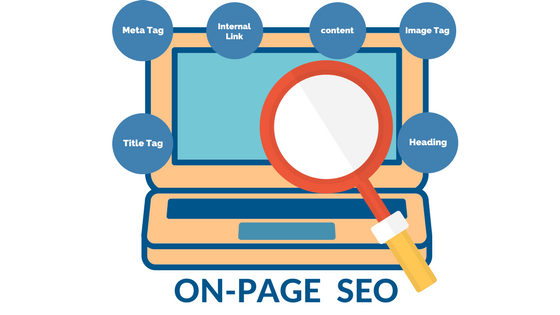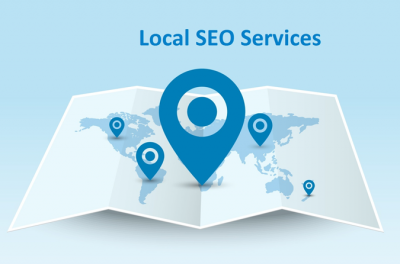What Is Semantic Search and Why Does It Matter for SEO?
Multiple algorithm updates over the years have turned Google into a semantic search engine that strives to understand search intent to provide more relevant results.
With this, the days of keyword stuffing are long gone, and focusing solely on high-ranking keywords is not the end-all-and-be-all of search engine optimization (SEO). If you want to rank high on search engine results pages (SERPs), you have to learn how to use search terms in the right semantic context. This leads us to semantic search, latent semantic indexing keywords (LSI keywords) and their importance to your SEO strategy.
What Is Semantic Search?
Let’s open semantic search conversations by defining the big idea behind this new approach: Semantic search is a process where search engines like Google go beyond simply fetching pages containing exact matches of the search terms used. Google semantics search looks at search intent, along with the contextual meaning of search queries to serve relevant, high-quality answers.
But what is semantic search in terms of your SEO strategy?
To answer this question, it’s worth pointing out that semantic search is completely different from lexical search. Lexical search was a technique used by search engines, which required users to enter exact and correctly spelled words to find what they needed. And even with such effort, searchers often dealt with SERPs filled with literal matches but irrelevant results. Google semantics search fills in the gap by understanding the intent and meaning of a query to serve not literal but meaningful and contextual results.
From an SEO and content strategy perspective, this means that the key to improving SERP visibility today is creating content that aligns with search intent. Aiming for relevance rather than keyword matches puts you on the right track to lasting SEO success.
How Semantic Search Works
A question can be phrased in different ways. Searchers won’t always use the same words, languages and tones when looking for something online. Sometimes, they won’t even know the proper way to articulate their query. This is why search engines today focus on the meaning behind queries instead of simply matching keywords.
But how exactly does semantic search work? How does Google understand a query?
Search engines like Google take a semantic approach and interpret search intent based on various factors, like the following:
• User search history
• User location
• Real-time context or current events
• Spelling variations or query substitutions
Google also enumerated the key factors considered by its search algorithms when serving results:
• Meaning and intent behind the query (Natural language comprehension)
• Relevance of webpage content (Primary and latent semantic keywords matches)
• Quality of content (Website’s expertise, authoritativeness and trustworthiness)
• Usability of web pages (Mobile-responsiveness, page load speed and other user experience factors)
• Context and settings (Location, past search history and search settings)
With these brief descriptions of how semantic search works, Google is evidently getting better at determining the meaning and semantic link of search terms people use. Unfortunately, this also tells us that optimizing your website for search has become more complex than ever.
But hope isn’t lost – understanding semantic keywords SEO, learning how to use semantic keywords and establishing a semantic context in your content help you drive your SEO strategy forward.
An Overview of Semantic Keywords SEO
It’s challenging to open semantic search discussions since the topic is broad and Google’s semantic search engine is constantly evolving. Nevertheless, here are some key points surrounding semantic keywords SEO that help you solidify your online strategy.
1. Topics Are Becoming More Important Than Keywords
High-volume keywords do not matter as much as they did before. This is why SEO specialists and content professionals must learn to strategically use long-tail keywords in their content.
But more importantly, they must invest time and effort in considering search intent and adding relevant topics that satisfy it to create high-quality content.
2. Keywords Still Matter
While Google is undoubtedly becoming smarter at understanding the semantic link within and motivation behind search queries, it’s still continuously learning how to understand search intent.
So using your trusted primary and semantic keywords tool to find the best search terms to target still impacts your SERP performance. In the same way, including your keywords in your title tags, URL, header and body tags and metadata still help improve your rankings.
3. Technical SEO Matters As Much As Content
Since Google’s still not smart enough to truly understand the meanings of words, you need to help the search engine grasp what your content is about.
Using the right keywords and investing in top-notch content writing services are both crucial in semantic keywords SEO, but so are your technical SEO efforts. Make sure to improve your metadata, optimize your website for mobile and run crawl error reports for the best results.
How To Optimize Your Content for Semantic Search
Now that you have a background on how semantic search works, you may think optimizing your content for a semantic search engine like Google is too complex. While it is indeed a huge undertaking, taking a semantic approach to your SEO and content marketing strategy yields the effective, high-impact results you want from your campaigns.
With the right strategy and the right SEO partner, you can improve your site’s organic visibility and even get the chance to secure a featured snippet position.
Ready to get started? Here are some tips on semantic SEO worth following:
1. Optimize Your Content for Topics
As mentioned in the previous section, semantic keywords SEO places more importance on topics rather than keywords. Sticking to the old ways of targeting high-volume keywords can only do so much for your content strategy today.
Take the time to understand how keywords fit together to form a semantic context under a certain topic, and then cover that topic comprehensively. Your aim here is to craft in-depth, original and high-quality pieces of content.
2. Always Pay Attention to Search Intent
Search queries aren’t simply strings of random words. In reality, they give you an idea of whether searchers are looking for general information about a topic or ready to buy.
Search intent falls into four main categories:
• Informational – When searchers want to learn something.
• Navigational – When searchers want to find something.
• Transactional – When searchers want to buy something at that moment.
• Commercial – When searchers want to buy something but need more information.
Pay attention to the queries that lead people to your website and the intent behind them. Creating content that directly addresses your audience’s intent helps you boost your SERP performance and climb up the rankings.
3. Learn How To Use Latent Semantic Indexing Keywords
In the SEO context, semantic keywords are words or phrases conceptually related to your primary word. These semantically related words aren’t necessarily synonyms, but they help establish the context and meaning of another keyword.
For example, if your primary keyword is “digital marketing,” some examples of latent semantic keywords for it are “SEO,” “search engine marketing,” “social media marketing,” “website design” and so on.
Learning how to use semantic keywords strategically helps you keep up with Google’s algorithm updates. Using the right semantically related words tells search engines that your content covers key topics about your target keyword and is thus a helpful resource.
Aside from this, Google also uses these semantic terms to understand your content better, enabling its search algorithms to display your content on more relevant SERPs.
4. Use a Semantic Keywords Tool
It can be hard to learn how to use semantic keywords if you don’t know how to determine the right latent semantic keywords to include in the first place. Fortunately, you can tackle this task with a semantic keyword generator tool.
Here are just some of the many robust LSI tools you can use to find semantic terms for your content:
• Google’s Keyword Planner – Google has a Keyword Planner Tool you can use to generate hundreds of common search terms and phrases related to your primary keyword. It also lets you know each keyword’s search volume and competition.
• LSI Graph – This is a widely used tool that allows you to generate around 50 LSI keywords without signing up. LSI Graph also serves long-tail keywords as well as questions and sentences that you can use for your titles or sub headers.
• Twin word Ideas LSI Graph – This interesting semantic keywords tool not only generates semantically related words but also visualizes the semantic link between them. Moreover, it provides you with other helpful data such as each keyword’s search volume, organic competition and paid competition.
Build a Solid Semantic Search Strategy With SEO Experts
Search engines will continue to improve their ability to understand user intent, so you should open semantic search strategy discussions within your team sooner than later. Understanding how to optimize your content for semantic search and what latent semantic indexing keywords lays the foundation for your SEO success.
Finally, always remember: What is semantic search guide if it’s not used? Now that you’ve reached the end of this blog post, make sure to apply what you’ve learned. Focus on topics rather than keywords, pay attention to search intent and learn how to strategically use semantic terms. And if the task becomes too overwhelming for you to handle, you can always seek help from SEO experts.
At Fin-eX Digital Services, we love helping businesses keep up with Google’s ever-changing algorithms and achieve better online visibility. Our SEO strategists who get keyword research, technical SEO and local SEO work hand-in-glove with our content experts to produce original, high-quality and SEO-friendly content.
Interested in leveraging our expertise for your SEO strategy? Send us a message today. We’d be thrilled to be part of your online success story.














